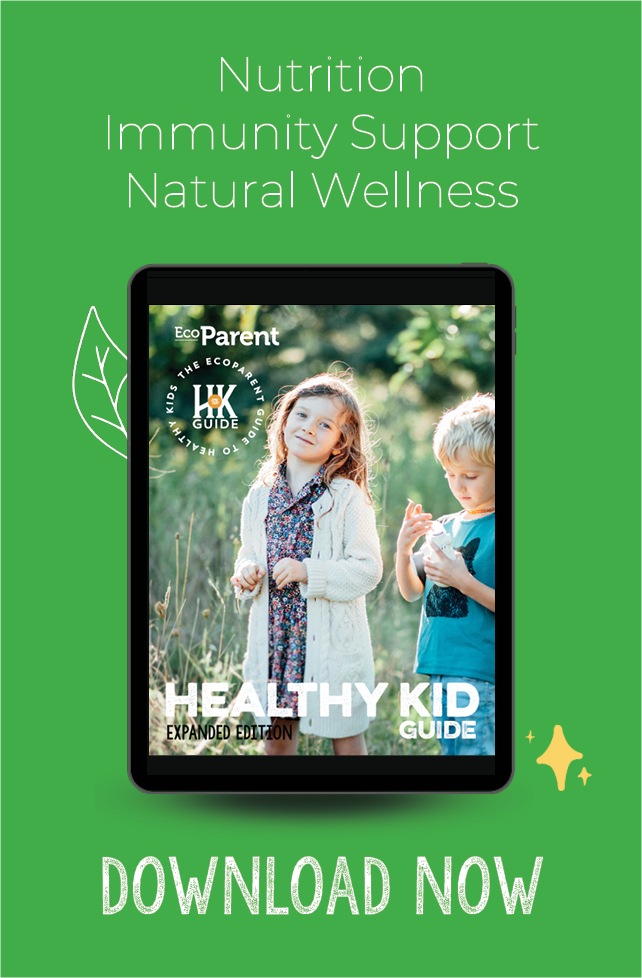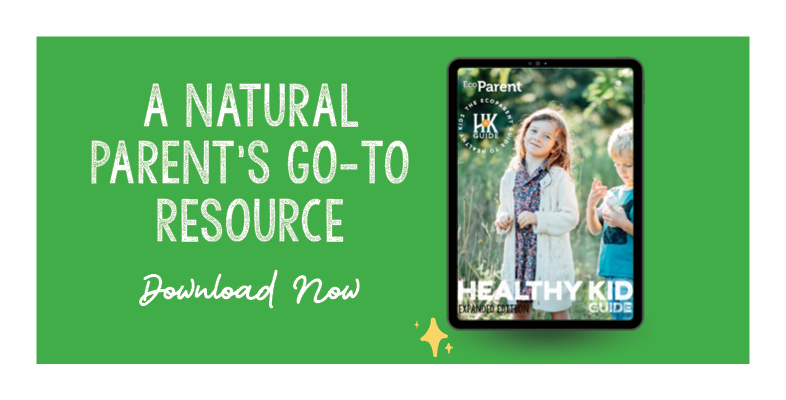Menopause isn’t openly talked about, even though there are a lot of changes that come with it. Before we dive deeper, let’s take a look at some terminology.
WHAT IS THE MENOPAUSE TRANSITION?
The menopause transition is the period of time when you’re changing over to the nonreproductive part of life, which can last up to a decade. You officially reach menopause after you’ve gone 12 months without a period. Another term you may have heard of is perimenopause, which basically means “around menopause.” This essentially is the time leading up to menopause (i.e., the menopause transition plus a year of no periods).
What Happens?
The menopause transition usually begins in your 40s, but it could start earlier. For some people, this transition is very symptomatic. For others, it’s fairly asymptomatic—most people sit somewhere in between those two ends of the spectrum. Hormonal fluctuations, as well as menstrual cycle length and flow changes, are normal and to be expected during this time. Some cycles may be ovulatory (ovulation occurs), while other times, cycles may be anovulatory (you guessed it—ovulation does not occur). This may lead to changes in premenstrual symptoms you experience as well: breast tenderness, fluid retention, and mood changes might not see the light of day during some cycles, but they could be worse during other cycles.
As the sex hormone estrogen fluctuates, you may experience hot flashes, insomnia, night sweats, cycle irregularities (especially shorter cycles), menstrual flow changes (usually heavier or longer), irritability or more pronounced mood swings, migraines, fatigue, vaginal dryness, and more. Even if you’ve had a hysterectomy but have your ovaries, your hormones will still fluctuate during the menopause transition, despite a lack of uterine bleeding.
What Testing is Available?
There is no specific diagnostic bloodwork or testing for the menopause transition. This is why tracking your periods and some of your symptoms can be helpful. Healthcare providers assess your experience and take into account your age and other factors. Testing parameters like iron, B12, thyroid, and vitamin D is important to ensure that those foundations are in place. Thyroid disorders can lead to mood and bleeding pattern changes, and nutrient deficiencies can worsen anxiety, fatigue, and premenstrual symptoms as well.
What we see as we approach and reach menopause, is that our risk for bone loss and cardiovascular disease naturally goes up. It’s important to remember that our cells and bodies are aging at the same time, and that’s having an impact on our health as well. So, it’s important for you to keep an eye on your menstrual cycles and other symptoms, especially if you’re noticing changes. It’s also vital that you keep up with routine screening via physical exams, blood tests, blood pressure measurements, cervical screening, bone mineral density scans, mammograms, and other relevant tests with your healthcare providers.
If you have a significant family history of a particular condition like cardiovascular disease, breast cancer, colon cancer, and/or osteoporosis, those screenings should begin earlier than the screening ages recommended for people without those backgrounds. An earlier baseline can be created this way, abnormalities can be detected sooner, and progress can be monitored over time.
What Support is Available?
What, if any, support that is put in place during the menopause transition will depend on your unique needs: what signs and symptoms are showing up, your medical history, medication use, family history, lifestyle (smoking, alcohol, exercise, nutrition), risk factors for certain conditions, and more. Ultimately, any plan you follow should be re-evaluated regularly to ensure that you’re feeling supported and that the benefits of it outweigh any risks involved.
Hormone therapy can be very helpful for a variety of different aspects of the menopausal transition. Hormone therapy refers to the use of a single or combination of sex hormones administered orally, vaginally, transdermally (through the skin), or by injection. For the menopause transition, the most typical prescription is combined hormone therapy that includes transdermal estrogen and oral progesterone. If there is estrogen going in (orally or transdermally), progesterone is important to add in for endometrial protection (i.e., to protect from uterine cancer). This is not a concern if progesterone alone is being used, or if you no longer have a uterus. Transdermal progesterone is not protective to the uterus and should not be used in this way.
An alternative to the estrogen and progesterone combination is vaginal estriol, which can be used on its own (or with other therapies). Vaginal estriol is indicated for genitourinary syndrome of menopause, which can include vaginal dryness, thinning of the vaginal walls, vaginal irritation, and more. This is an extremely effective treatment and can be prescribed for these kinds of symptoms outside of the menopause transition as well.
The dosage, forms, and routes of administration of estrogen and progesterone will be dependent on the type of support you need. Hormone therapy is the treatment with the most evidence and effectiveness against vasomotor symptoms, like hot flashes. There are a lot of considerations when initiating hormone therapy and a risk-benefit assessment should be done routinely to ensure that your prescription is appropriate for you, your health, and your goals, as there can be a slightly increased risk of breast cancer with combined hormone therapy. You can find more information through organizations such as the North American Menopause Society (NAMS) and the Society of Obstetricians and Gynaecologists of Canada (SOGC).
Other treatments can include endometrial ablation, surgeries, medications like those to stop bleeding, and even anti-depressants (which have fallen out of favour in light of other treatment options).
Exercise is one of the under-discussed supports available for the menopause transition. Exercise is crucial for health in general; but in this transition, there are various benefits to exercise: it improves circulation, reduces the risk of cardiovascular disease, improves mood, helps build and preserve lean mass (e.g., bone and muscle), supports brain function, improves sleep quality, and supports healthy body composition. Including resistance/weight training two to three times per week, aerobic exercise, and gentler forms of movement such as walking, yoga, and other activities are great ways to improve overall health and reduce the risk of a host of unwanted conditions.
Food and nutrition can play a supportive role in the menopause transition. Increasing fibre intake to the recommended daily levels of 25–30 g, eating a diversity of fruits and vegetables, and getting adequate protein help with cardiovascular disease risk, healthy bowel movements, blood sugar regulation, and supporting a stable mood. Decreasing alcoholic and caffeinated beverages can help reduce symptoms such as hot flashes, anxiety, and insomnia. Alcohol can slightly contribute to increased breast cancer risk, so eliminating or decreasing alcohol can also be helpful in this area.
Natural and complementary therapies can be very effective at supporting your transition to menopause, directly and indirectly. These include food, nutrition, supplements, herbs, acupuncture, and lifestyle/mindset components like exercise and self-care.
Supplements, herbs, and similar therapies can be supportive in the menopause transition; however, these should be discussed with a naturopathic doctor or another healthcare practitioner that is well-versed in them. What you need and what your friend with the same symptoms might need can be extremely different. Herbs like chaste tree, ashwagandha, and Tribulus can be supportive, as can isoflavones or omega-3s, depending on clinical presentation. Acupuncture and massage therapy can also be helpful during this part of life.
Mindset and self-care practices are an important part of health in general, and the menopause transition is no different. Working with a therapist for mood disorders, mood swings, or other occurring changes can be supportive. Making time for enjoyable and peaceful activities can fill your cup and help with resiliency. Gratitude, spending time in nature, and connecting with people in a similar phase of life, as well as with loved ones, can improve your overall quality of life. This can be an overlooked part of your healthcare—but it’s an essential one!
WHAT’S NEXT
We need more awareness around the menopause transition. It’s a natural part of life as one’s reproductive years are coming to an end, and a new phase of life without periods is beginning. Hormonal fluctuations, changes in how you feel and look, and variations in menstrual cycles are all normal. That being said, you don’t have to suffer through debilitating symptoms because there is support available in a variety of different forms.









